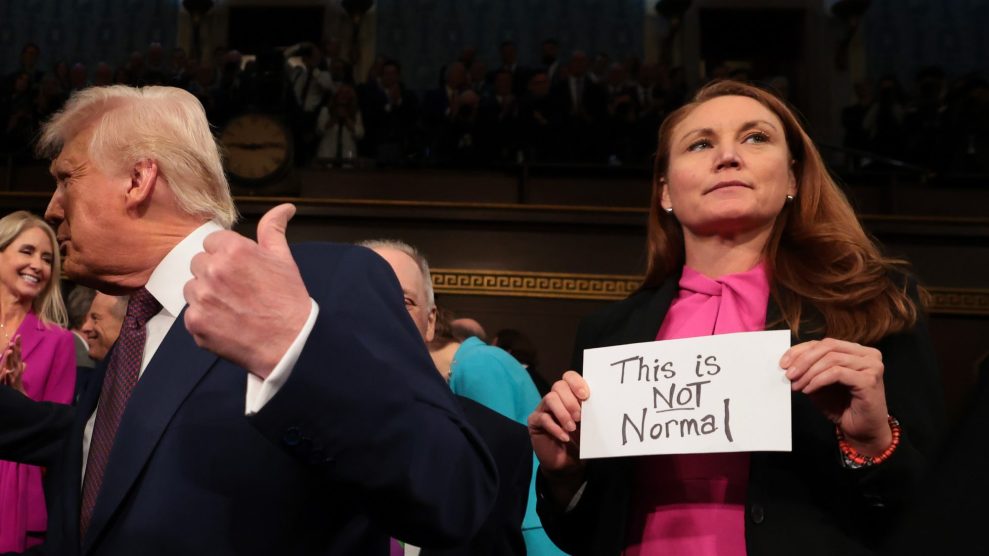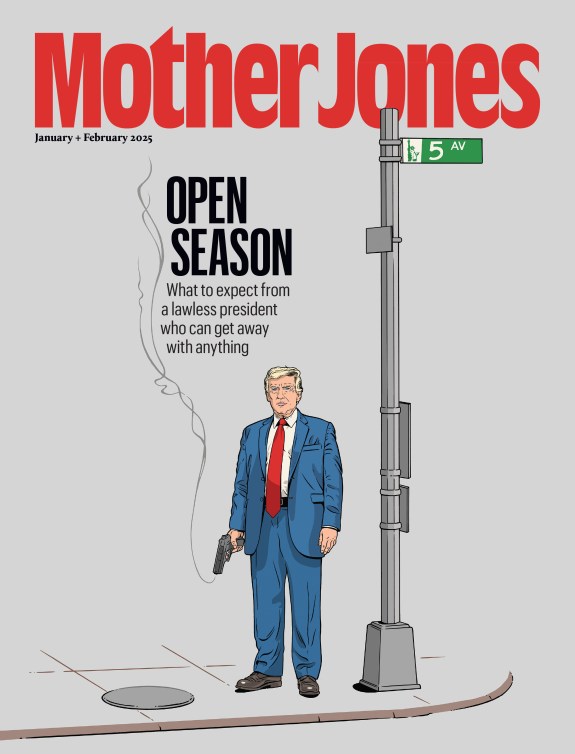This week marked the three-month anniversary of the passage of health care reform. On Monday, Obama used the occasion to issue a harsh warning to health insurance executives against exorbitant rate increases. “[W]e’ve got to make sure that this new law is not being used as an excuse to simply drive up costs,” Obama thundered. He also unveiled what the White House calls a new “Patients’ Bill of Rights,” which highlights some of the new consumer protections and explains how insurers will be force to comply with the law.
Despite Obama’s tough rhetoric, the “Patients’ Bill of Rights” also makes it clear that the reach of the federal government will only go so far, even when it comes to the kinds of rate hikes the White House has condemned. The New York Times explains:
But for all of Mr. Obama’s browbeating, the new health care law stopped short of giving the administration the power to reject or limit rate increases. Instead, it established the annual reviews, starting next year, and makes available $250 million in grants to states to implement the review process.
States that accept the grants must recommend whether insurers with patterns of excessive pricing should be allowed to market policies through newly created exchanges, which will help individuals and businesses shop for coverage starting in 2014.
As it turns out, the White House had actually proposed giving the federal government the authority to reject unreasonable rate hikes, but the measure never made it into the final bill because of rules governing the reconciliation process. Sen. Dianne Feinstein (D-Calif.) has tried to reintroduce the proposal as a stand-alone bill, but the current political climate makes it difficult to imagine passing it any time soon. So the onus is now on the states to act, and it’s quickly becoming clear which states will take the initiative (and federal money) to do so. The White House points out that states like California, New York, and Maine are already taking the opportunity to strengthen their oversight and require more transparency from companies that want to raise rates. And it’s no surprise that the states with the most initiative are largely Democratic strongholds that already have a strong history of enforcing consumer protection measures. It’s the start of the great divide between red and blue states that will become increasingly apparent as more parts of the law are put into place.
There’s still some leeway for the federal government to assert greater authority and oversight over premium hikes, even in red states that are unwilling or reluctant to embrace the health law. The annual review process will require the federal government to work with state regulators to flag and scrutinize “unreasonable” premium increases. Though this will demand a measure of cooperation from state officials, the process could still create a more uniform standard for scrutiny and ramp up oversight in the twenty-odd states that currently don’t have a “rate review” authority to examine premium hikes. That said, the administration has yet to finalize the rules defining exactly what an “unreasonable” rate hike is. And the insurance lobby that the White House has so thoroughly villified is doubtlessly doing all it can right now to shape the rules that will govern them.
















